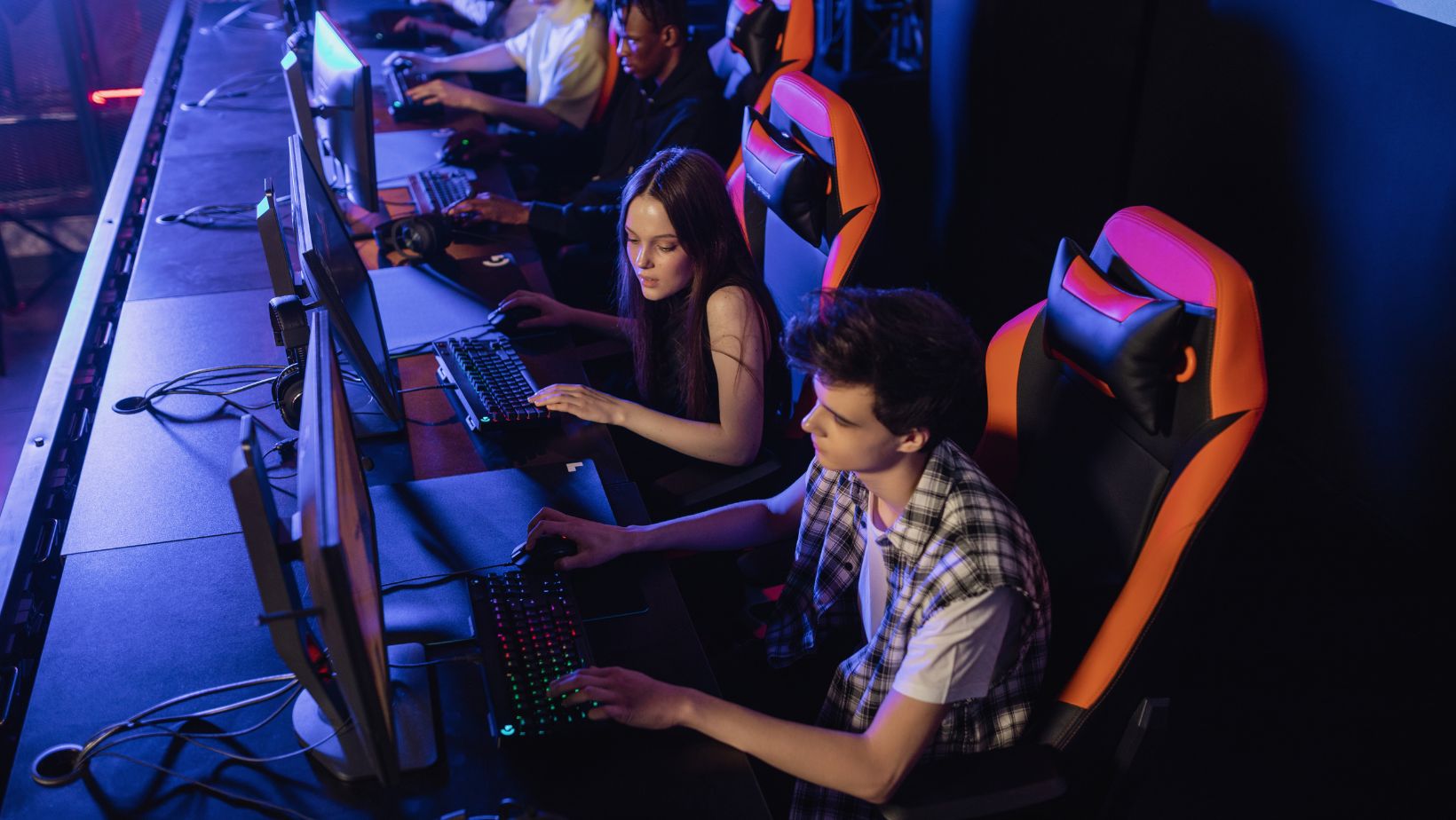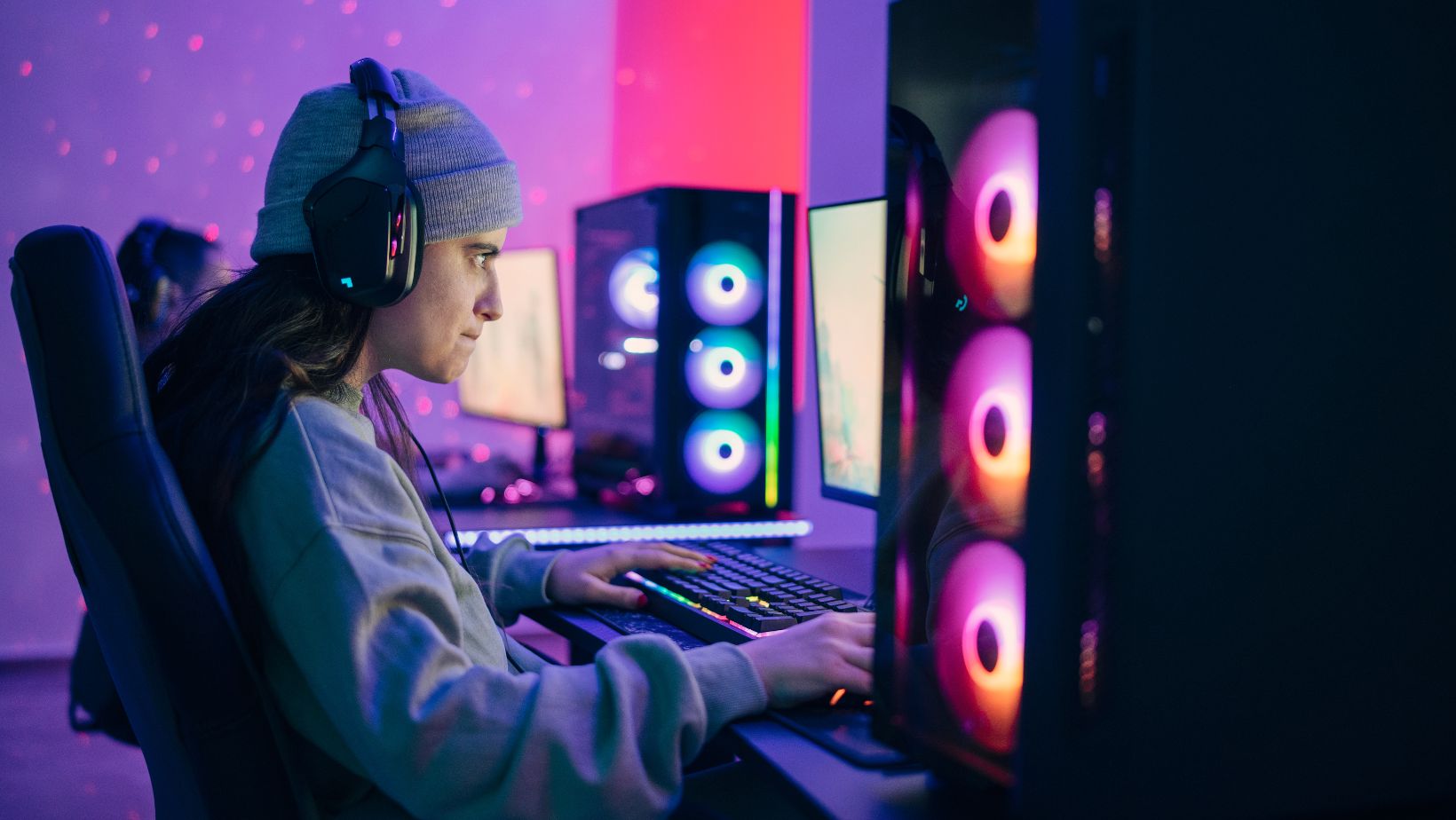CS2 offers a variety of features, and with the right knowledge, players can maximize their success and enjoy the best possible experience. That’s exactly why we’re here: to bring you the secrets and share insights that others might not.
In this article, we’ll explore the world of CS2 trade-up. Let’s get started and see what’s in store for us!
Table of Contents
ToggleWhat Is CS2 Trade-Up?
CS2 trade-up lets players combine ten skins of the same rarity to create a higher-tier skin. It’s a way to turn unused or less desirable skins into something more valuable.
How It Works
To do a CS2 trade-up, you pick ten skins from your inventory and place them into the trade-up contract. After confirming, the game gives you one new skin, chosen randomly from a pool of possible options. The new skin comes from the same collections as the skins you used. If all ten skins are from different collections, the odds are spread evenly. But if more skins are from one collection, the chance of getting skin from that collection increases.
Difference Between Normal Trades and Trade-Ups
The main difference between normal trades and trade-ups lies in their purpose and approach. Normal trading is about swapping skins with other players, where you can negotiate to get a specific item you want. It’s a direct exchange that depends on finding someone with the skin you’re looking for and agreeing on a fair trade. Trade-ups, on the other hand, don’t involve other players. Instead, they let you upgrade your skins through a system in the game itself.
How to Find the Right Trade-Up Platforms
There are plenty of trade-up platforms available, but don’t worry—we’ll share some tips to help you find the best ones!
Check Community Feedback
Start by exploring reviews and discussions on gaming forums, social media groups, or platforms like Reddit. Players often share their experiences, pointing out reliable platforms and warning against scams. Look for platforms with positive feedback regarding security, user satisfaction, and successful trade-ups. The opinions of professional players can help you avoid unreliable sites and save time.
Evaluate Platform Features
A good trade-up platform should offer helpful tools like profit calculators, guides, or market trend trackers.

These features can simplify your trade-ups by providing insights into potential profits and the best skins to use. Platforms with an intuitive design and clear instructions make the process smoother, especially if you’re new to trade-ups. Compare several options and choose one that provides value beyond basic trade-up functionality.
Compare Fees and Profit Margins
When choosing a trade-up platform, it’s important to compare the fees and commission rates charged by different platforms. Some platforms may take a percentage of your trade-up profits, while others might charge a flat fee per trade. These fees can significantly impact your overall profit, so look for platforms with competitive rates that allow you to maximize your returns. Some platforms might even offer promotions or discounts, so it’s worth checking for those as well!
How to Choose Skins for CS2 Trade-Ups
Here comes the interesting part! In the working mechanism, we mentioned that you typically select 10 skins from your inventory for the trade. But wait a minute, do you know which skins to select? Here’s a guide to help you:
Common Skins
Common skins, like those from lower-tier cases or standard drops, are often traded because players tend to accumulate them in large quantities. These skins might not have a high individual value, but they’re perfect for trade-ups, where players can combine several of them to aim for a higher-tier skin. They’re also easy to find, making them a reliable option for trade-up contracts or for exchanging with others who are looking for specific skins.
Conditioned Skins
Skins with a lower condition, such as Well-Worn or Battle-Scarred, are often traded because their value is generally lower than those in better conditions.

While these skins might not appeal to all players due to their wear and tear, they can still be useful in trade-up contracts. Players willing to trade these skins might be looking for a chance to upgrade to something better without losing much value.
Mil-Spec and Restricted Skins
Restricted and Mil-Spec skins, while not the most expensive, often have more stable market prices and are good for trading. These skins fall in the middle range in terms of rarity and value, making them appealing for players looking to trade up. They’re not as rare or in high-demand as higher-tier skins, but their consistent availability and moderate price make them attractive for trade-ups
Conclusion
In conclusion, this article covered one of the most exciting features related to CS2 skins—skin trade-ups. We explored what they are, how they work, and how to find the best trade-up platforms. We also discussed which skins from your inventory are ideal for trade-ups. Now, it’s time for you to explore yourself. Research on your own, talk to other players, watch some YouTube videos, and apply the techniques you’ve learned here to start your CS2 skin trade-up journey!

Wayne is a unique blend of gamer and coder, a character as colorful and complex as the worlds he explores and the programs he crafts. With a sharp wit and a knack for unraveling the most tangled lines of code, he navigates the realms of pixels and Python with equal enthusiasm. His stories aren’t just about victories and bugs; they’re about the journey, the unexpected laughs, and the shared triumphs. Wayne’s approach to gaming and programming isn’t just a hobby, it’s a way of life that encourages curiosity, persistence, and, above all, finding joy in every keystroke and every quest.



